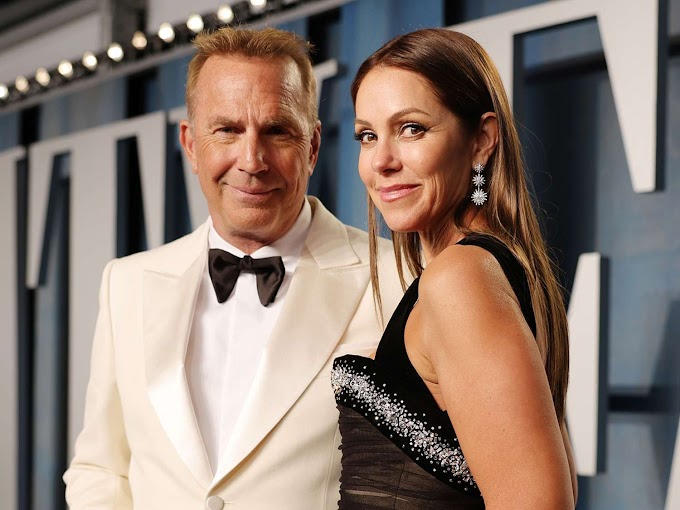Since the births of Archie Harrison Mountbatten-Windsor in May 2019 and Lilibet Diana Mountbatten-Windsor in June 2021, rumors and speculations have circulated regarding whether Meghan Markle carried and gave birth to her children. While Buckingham Palace announced both births as they would for any royal offspring, some skeptics have claimed that hospital records, or the lack thereof, fuel doubts about Meghan’s pregnancies.
This controversy largely stems from the secrecy surrounding the births and the inconsistencies in public narratives. Unlike the highly publicized hospital debuts of Prince William and Kate Middleton’s children, Archie’s birth was not accompanied by a photo call outside the hospital. Instead, Meghan and Prince Harry opted for a private announcement, revealing Archie to the public days later during a carefully controlled press event at Windsor Castle. For Lilibet, the couple’s move to California added another layer of privacy, and no formal statements about hospital details or physicians were ever made public.
Critics point to this break from royal tradition as one factor fueling their suspicions. Royal births are typically accompanied by detailed announcements, including the hospital name, attending doctors, and other formalities. In Archie’s case, the official announcement of his birth initially listed Portland Hospital in London but did not provide further verification. Skeptics argue that the absence of a hospital photo call raises questions about whether Meghan was ever admitted as a patient.
Further complicating matters are theories surrounding Meghan’s appearance during her pregnancies. While most women experience physical changes such as weight gain, swelling, or other visible signs, Meghan’s appearance remained notably consistent, according to critics. Photos and videos from public appearances during her pregnancy with Archie, including her engagements as Duchess of Sussex, have been scrutinized for inconsistencies, such as the perceived shape and movement of her baby bump. Some argue that the bump appeared to change size and position in ways they deemed unnatural, fueling speculation about the use of a prosthetic.
When it comes to Lilibet’s birth in California, no official hospital records or attending medical professionals have been publicly identified. The couple’s decision to relocate to the United States and pursue a more private life has further shielded the specifics of their second child’s birth from public scrutiny.
The lack of transparency around the medical records has also been used as evidence by conspiracy theorists. Official hospital records for both births remain private, in line with patient confidentiality laws. However, critics claim that, in high-profile cases, even limited disclosures could help dispel speculation.
On the other hand, supporters of Meghan and Harry argue that the couple’s decision to keep these details private reflects their right to personal boundaries and is not indicative of a conspiracy. They assert that Meghan’s pregnancies were real and that the claims of surrogacy are rooted in biases against her, fueled by relentless tabloid scrutiny.
In the absence of concrete evidence to support the surrogacy theories, the debate continues. Hospital records remain inaccessible, Meghan and Harry remain silent on the matter, and the public remains divided. Until verified details emerge, this remains one of many controversies surrounding the Sussexes, underscoring the broader tension between royal tradition and modern privacy.




